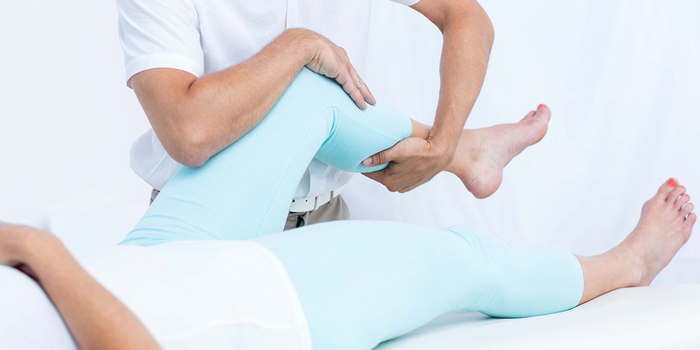Arthritis is the most common chronic joint condition. Arthritis is a general term for conditions that affect the joints and surrounding tissues. Joints are places in the body where bones come together, such as the knees, wrists, fingers, toes, and hips.
Arthritis is inflammation of one or more of our joints.
symptoms of arthritis
Any joint in the body may be affected by the disease, but it is particularly common in the knee.
Knee arthritis can make it hard to do many everyday activities, such as walking or climbing stairs. It is a major cause of lost work time and a serious disability for many people. Two common types of arthritis are osteoarthritis and rheumatoid arthritis. While arthritis is mainly an adult disease, some forms affect children.
Although there is no cure for arthritis, there are many treatment options available to help manage pain and keep people staying active.
Treatment
There is no cure for arthritis but there are a number of treatments that may help relieve the pain and disability it can cause.

Nonsurgical Treatment
As with other arthritic conditions, initial treatment of arthritis of the knee is nonsurgical. Your doctor may recommend a range of treatment options.

Physical therapy
Specific exercises can help increase range of motion and flexibility, as well as help strengthen the muscles in your leg. Your doctor or a physical therapist can help develop an individualized exercise program that meets your needs and lifestyle.
Assistive devices. Using devices such as a cane, wearing shock-absorbing shoes or inserts, or wearing a brace or knee sleeve can be helpful. A brace assists with stability and function, and may be especially helpful if the arthritis is centered on one side of the knee. There are two types of braces that are often used for knee arthritis: An "unloader" brace shifts weight away from the affected portion of the knee, while a "support" brace helps support the entire knee load.
Diseases Conditions
Knee Pain Baker's Cyst ACL Tears MCL Tears Meniscal Injuries Ligament Injuries Knee Arthritis OsteoarthritisCopyright © All Rights Reserved, By Visakha Knee Clinic